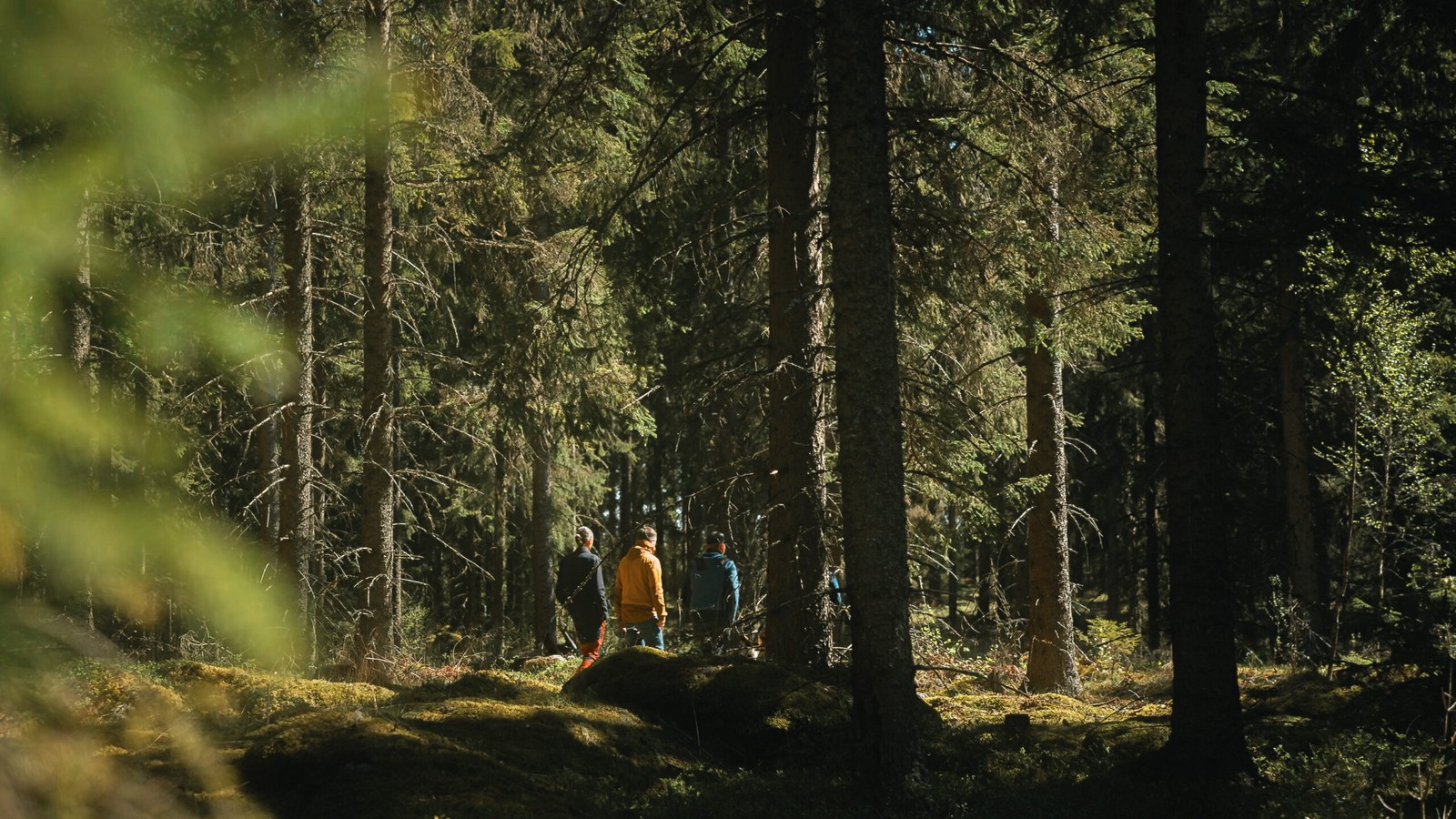Three important tools when digging for gold

Tech Talk: Digging for Gold with Sebastian Otarola Silva, Technology Adviser
Some time ago, our brilliant Technology Adviser Sebastian had a tech talk about how you go from "abstract" to "tangible", a deep dive into products that ended up winning international awards and recognition. Here are three important ways on how to use familiar tools in unconventional ways from the tech talk - to find glimmering nuggets in piles of dirt.
Moments of Delight
Identifying moments of delight is probably the most difficult part of product development. Sometimes they can be found through data analysis/tracking and sometimes just through pure luck. One way to find them (that I think is the most fun and cost-efficient way of doing so) is by simply observing your users when they interact with your product. Without telling them anything about the product let them try out your product/prototype/mockup or whatever, let them explore it, and watch their facial expressions. If they frown - that’s a sign of a pain point waiting to get solved. If they smile - that's a moment of delight that you want to capitalize on and dial-up. That’s the experience they’ll leave your product with. Frown = bad product. Smile = good product.
Steal things
There is no reason why you should spend time re-inventing the wheel. Someone has already done the hard job and figured that out. Use what’s around you in the ecosystem so you can focus on your secret sauce. A menu is a menu, navigation patterns are already established - use that to your advantage and sparkle your own touch on top of that.
This will free up tons of resources in terms of technology and design time. The time that you should use to create the secret sauce of your product. The journey is long and hard as it is, and I can assure you that your product will morph over time so the initial things you stole to get off the ground will be barely recognizable.
Whatever makes the point.
Figure out the best way to communicate the vision of your product. Don’t get stuck on creating piles of slides for a presentation. Nobody in the world wants more slides to view - I can assure you of that. If you have an 80 slide deck - trim it down to 8 or 5 slides. And IF you can’t get away from an 80 slide deck - figure out a way to communicate that in a more digestible way. From experience (and the way me and my partner Johans have done it) invest time in creating an interactive prototype with no-code-tools. And have a few slides as anchor points (describing business opportunities instead). We’ve had a 95% success rate on pitching interactive prototypes. A prototype leads to better discussions - since you have something to touch, feel and gather around that is “alive” and “real” instead of static slides.
Sebastian Otarola Silva, Technology Adviser in Minc, tinkerer and builder of things. CTO at Tengai.ai, Former Head of Innovation at NORD DDB, and Creative Director at Starcounter. Built prototypes, MVP's and products for companies as SVT (Musikhjälpen), McDonalds, Klarna, Samsung, Elgiganten, 7-eleven, + more.
About Minc
At Minc, we believe in creating something bigger than yourself. We offer everything an entrepreneur needs to go from concept to market in-house. Our international network of advisors and award-winning programs will help your startup scale faster and smarter. Welcome to the startup house of Malmö.
Related Posts

Game Habitat och DevHub tar plats på Minc
Malmös startup- och spelcommunity kommer närmare varandra.
Learn more.jpg)
Mincs investeringsstruktur gör sin bästa exit hittills
FTC2 firar sin största exit hittills genom uppköpet av HR-techbolaget Eletive.
Learn more
Plockhugget: Clear-cut free timber for climate-friendly building
Imagine knowing that the wood holding up your home, your school, or your office came from that same forest and that it’s still standing. That’s what Plockhugget, a startup in the Minc Incubator, makes possible.
Learn more